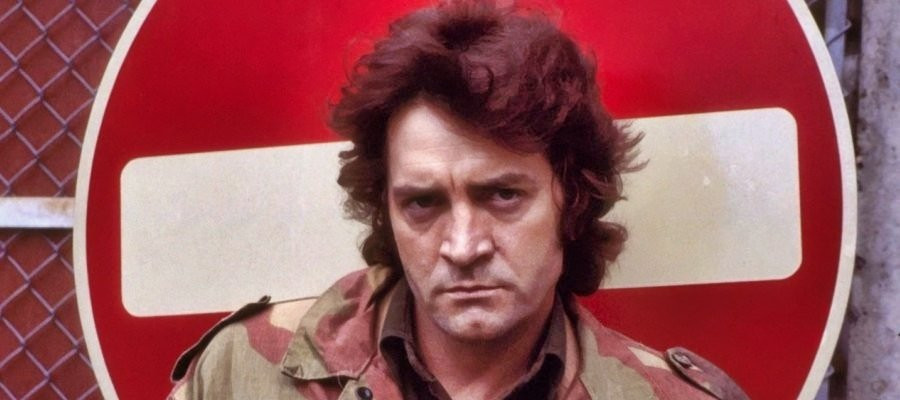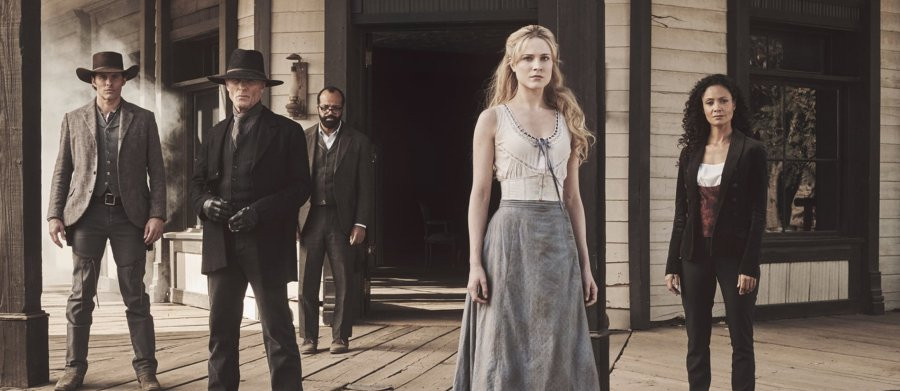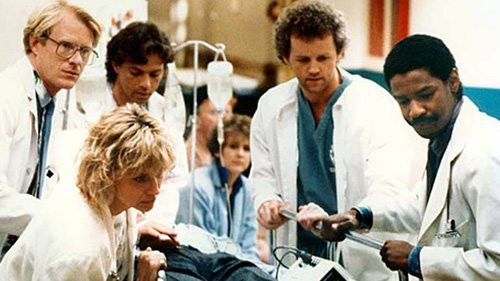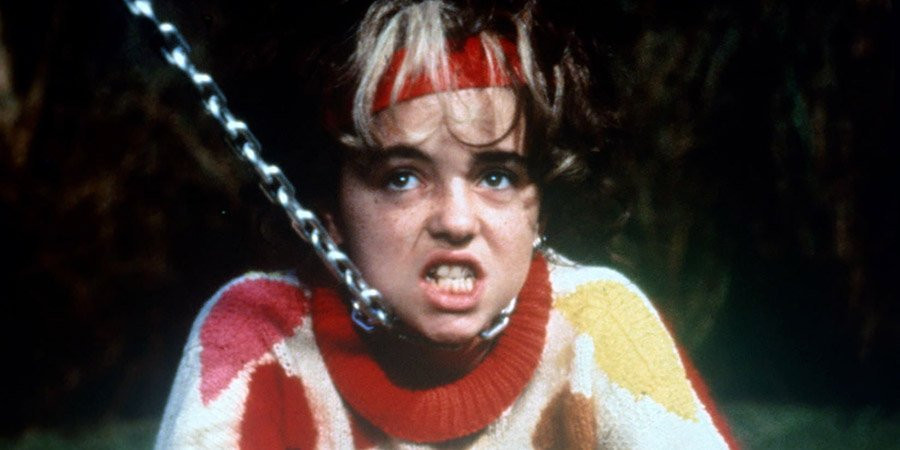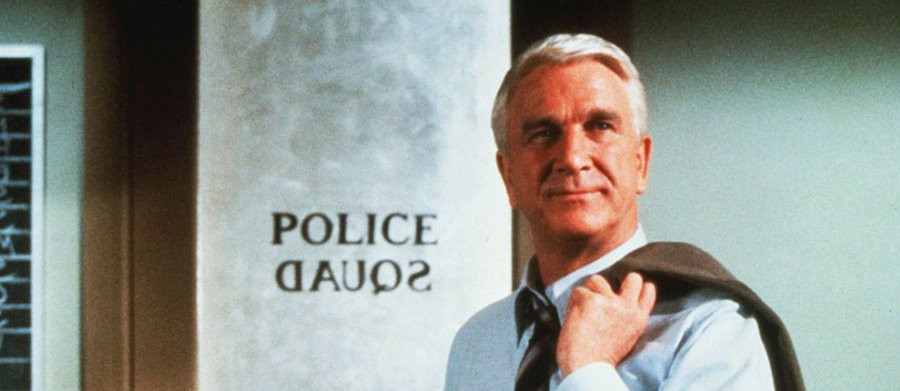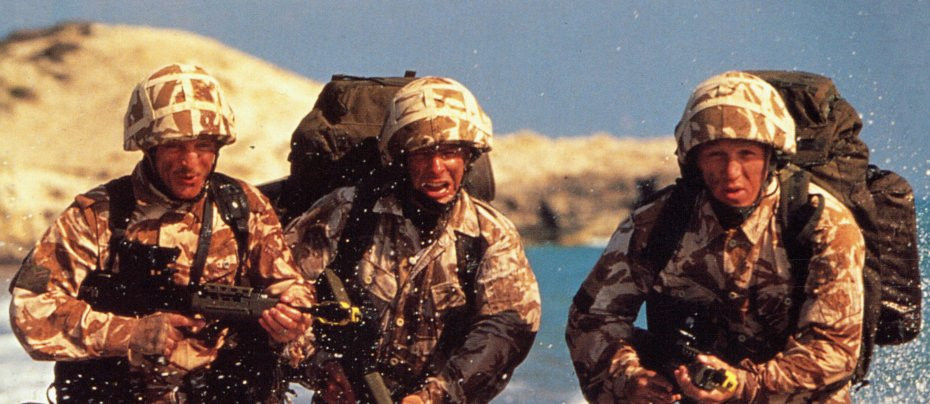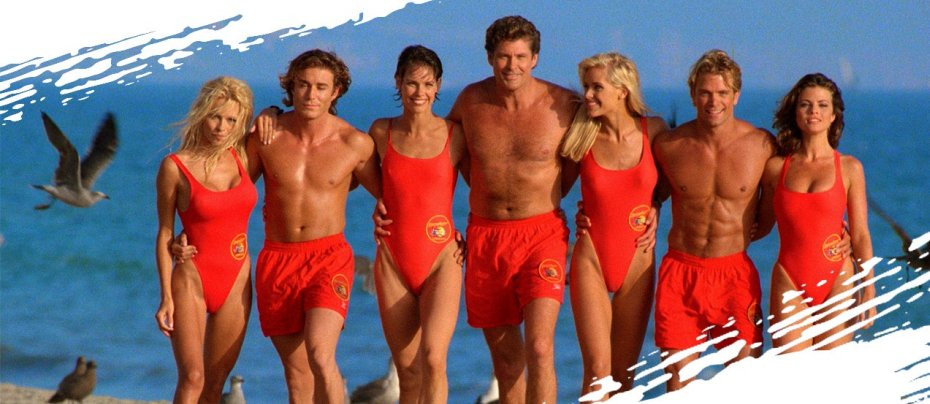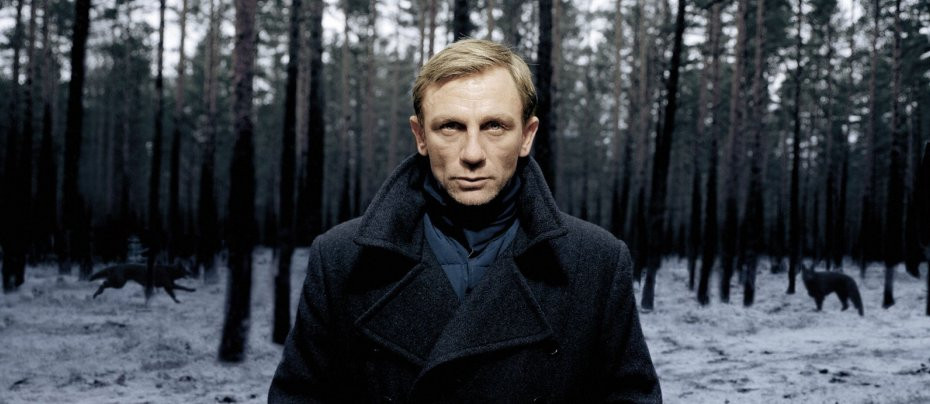
Knight Rider
1982 - United Statesthe fast-paced battle of good over evil kept people on both sides of the Atlantic entertained
Knight Rider review by Brian Slade
Cars are cool…at least that’s what Hollywood has been telling us pretty much since they first filmed one. Whether it’s the iconic, white-striped, red Ford Torino in Starsky and Hutch, a certain little VW Beetle named Herbie or a souped-up DeLorean travelling through time, writers and producers have been peddling our four-wheeled (and sometimes more!) companions for decades. In most cases, the cars just looked cool or did neat stuff, but in 1982 we were introduced to a jet-black Pontiac that was as wise-cracking and free-thinking as its driver. Its name was KITT and the show was the smash hit crime drama Knight Rider.
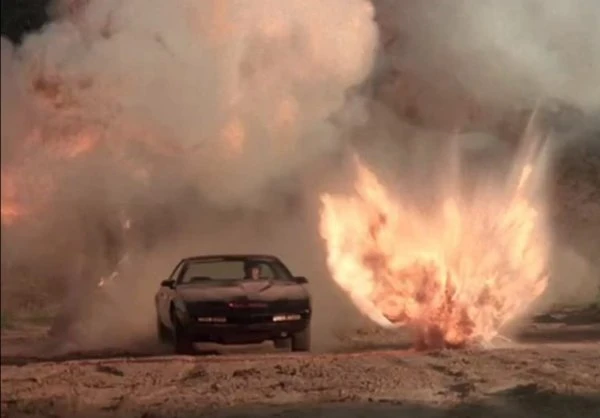
David Hasselhoff had been on American screens for seven years by 1982 in the absurdly long-running soap opera, The Young and The Restless, but he ventured out as the star man of a show under the watchful eye of Glen A Larson, who may not have won any friends with the critics with his glittering cv, but he did produce a staggering roster of shows that found audiences through their simplicity. Whatever the winning formula was, Larson had it.
In the feature-length opening episode of Knight Rider we are introduced to Michael Long (an uncredited Larry Anderson) who is at the end of a six-month operation within the LAPD to protect two company executives from espionage. Unfortunately for Long, he is double-crossed by one of them and his number appears to be up when she shoots him in the face and leaves him for dead.
Fortunately for Long, a bizarre philanthropist named Wilson Knight rescues him and not only saves his life, but gets plastic surgery performed to repair his face and transform his identity. He is given the new name of Michael Knight and in so doing becomes the familiar face of David Hasselhoff.

Knight is reluctant to adapt to his new face and life, but since police have declared Michael Long to be deceased and Knight technically does not exist, he eventually accepts his new life which is incorporated into the show’s introductory monologue – ‘the dangerous world of a man who does not exist.’
Because of his lack of identity, Michael is offered a job at Wilson Knight’s FLAG (Foundation for Law And Government), but he is reluctant to get involved until he stumbles upon a remarkable experiment that Wilson’s people are working on – a Pontiac Firebird Trans Am car seemingly like the one he drove on the fateful night he nearly lost his life. But this Pontiac is like no other. Known as KITT (Knight Industries Two Thousand), it is powered by artificial intelligence, is seemingly indestructible and totally autonomous when required, even if its dashboard does look, in Michael’s eyes, like Darth Vader’s bathroom!
When the billionaire saviour of Michael’s is in his last moments before death, he urges Michael to become a defender of the innocent, introducing another of the show’s tag lines – one man can make a difference. Certainly, for the remainder of the somewhat laboured opening episode, that becomes true as Michael once again faces off against the woman who shot him – but on this occasion, her shot deflects off the impenetrable KITT, rebounding to kill her instead.
The four series that followed the premiere travelled familiar territory. KITT, blessed with the vocal talents of William Daniels of St Elsewhere and Boy Meets World fame, is not only a vital tool in Michael’s battles, but is also a loyal and devoted companion.
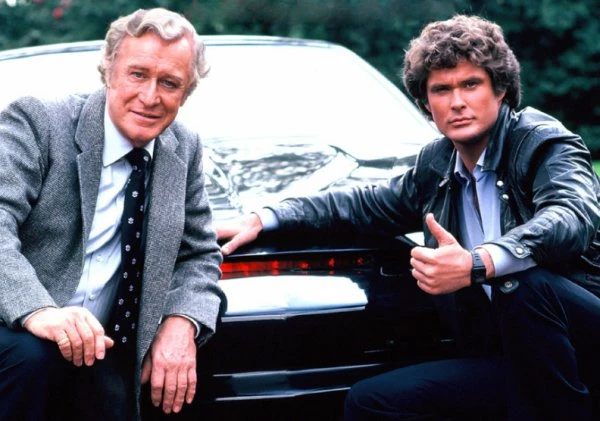
The dramas that unfold for the pair are all under the watchful eye of Devon Miles (Edward Mulhare - The Ghost and Mrs Muir), the brains and public face of FLAG. Inevitably, Michael Knight would be given a romantic interest. Bizarrely, the reaction to the axing of Patricia McPherson as KITT’s chief technician, Dr Bonnie Barstow, after the first series was strong enough to have her return to the show for the final two series, but it was the attentions of Stephanie Mason, played by Hasselhoff’s real-life wife at the time, Catherine Hickland, that would capture Knight’s heart…a relationship doomed to failure when Mason is killed taking a bullet for him shortly after their marriage.
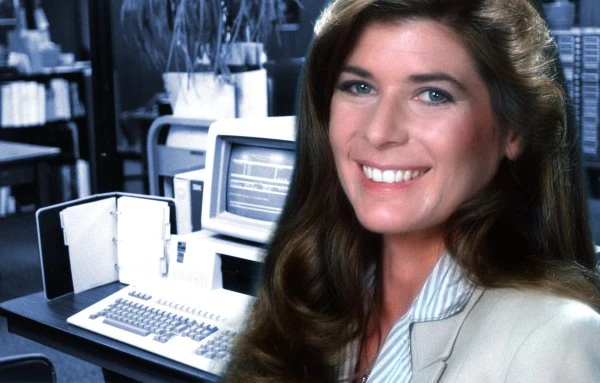
For 90 episodes, the fast-paced battle of good over evil kept people on both sides of the Atlantic entertained. Drug dealers, jewellery thieves, corrupt businessmen and politicians were all standard fare as was the case in many such American light dramas, but they were sprinkled with circuses, voodoo mind controllers and magicians to keep the content light – and of course there was always a moral compass at the centre of the story.
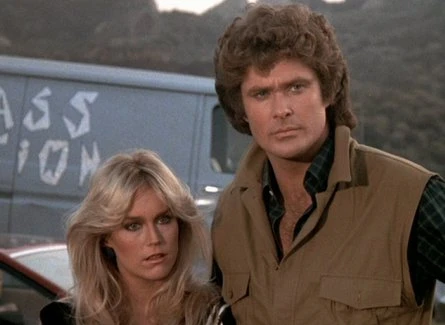
Hasselhoff of course went on to greater fame with his next venture, but he wasn’t the only star of the show to have a career after sliding ratings saw the cancellation of the show. The cylon-esque red light sliding sideways at the front of the sleek Pontiac ensured that KITT became one of the most recognisable vehicles in television history, and it has appeared in countless spin-offs, spoofs and sketches.
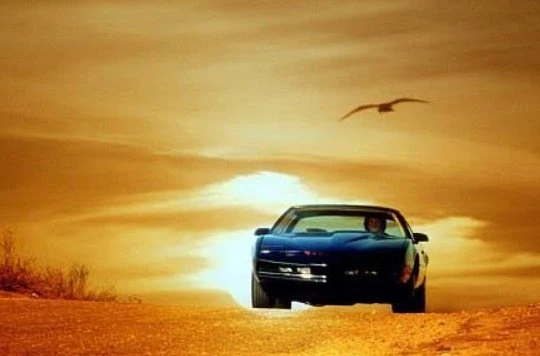
Knight Rider was typical Larson fair – no over-thinking required, just all action, pacey storylines and an element of tongue-in-cheek humour – mostly from KITT. For British viewers it fitted neatly into that early evening slot in the commercial television schedules that such successes as The Dukes of Hazzard and The A-Team had made their own. While it may not be recalled for much originality, there’s no doubting that Knight Rider earned its place in people’s nostalgic thoughts with some of the most iconic images that seemingly throwaway American shows ever offered.
Seen this show? How do you rate it?
Seen this show? How do you rate it?
Published on May 11th, 2023. Written by Brian Slade for Television Heaven.


